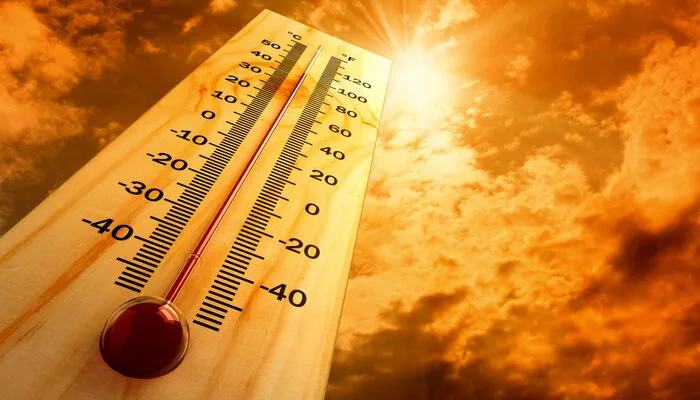
Pakistan’s Chief Meteorologist Muhammad Afzal has warned of a significant rise in temperatures in the coming months. Forecasts indicate temperatures may increase by 3°C to 5°C above normal levels across the country.
Speaking at a press conference, Afzal revealed that winter rainfall was 42% below normal. Sindh received 63% less rain, Balochistan 53%, and Punjab 41%. This alarming decline has pushed dams and water reservoirs to critical levels, threatening water availability for agriculture and daily use.
Worsening Water Crisis
Afzal further cautioned that below-normal rainfall is expected in northern regions. This shortage could lead to crop failures, disease outbreaks, and harm to wildlife. He urged the public to use water wisely to mitigate the crisis.
Heatwaves and Urban Impact
Major cities will experience heatwave conditions due to the urban heat island effect. Rising temperatures will accelerate drought conditions, making daily life more difficult.
Risk of Glacial Floods
The extreme heat may cause glaciers to melt faster, increasing river flows temporarily. However, this raises the risk of Glacial Lake Outburst Floods (GLOFs) and flash floods in northern areas.
Cyclone Risk in May
Pakistan typically receives 19.4% of its annual rainfall between April and June. This year, below-average rainfall is expected, worsening groundwater depletion. Rising sea surface temperatures may also trigger cyclone formation over the Arabian Sea in May.
Hot and Dry Eid ul Fitr Forecast
During Eid ul Fitr, most parts of the country will experience hot and dry weather. Temperatures will likely remain 2°C to 3°C above normal. In Karachi, daytime temperatures may rise by 3°C to 4°C above usual levels.
A wet spell is expected in Khyber Pakhtunkhwa, Gilgit-Baltistan, Kashmir, and northern Punjab on March 26-27. Areas like Chitral, Dir, Swat, Kohistan, and Mansehra may receive moderate to heavy rainfall. Dust storms and thunderstorms are also likely in Punjab’s plains.
Sehri & Iftar Timings for March 27 Across Major Pakistani Cities
Threats from Extreme Weather
Heavy rainfall in northern areas could trigger flash floods. Windstorms, hailstorms, and lightning pose risks to electric poles, trees, vehicles, solar panels, and crops. Landslides may also affect mountainous areas.
Precautionary Measures Urged
Authorities have been advised to prepare for rising temperatures, heatwaves, and water shortages. Public awareness campaigns should be launched to educate communities on heatwave preparedness and water conservation.
The Met Office has urged citizens to stay hydrated, avoid unnecessary outdoor exposure, and conserve water to reduce the impact of the looming crisis.
Follow us on Google News, Instagram, YouTube, Facebook,Whats App, and TikTok for latest updates
















